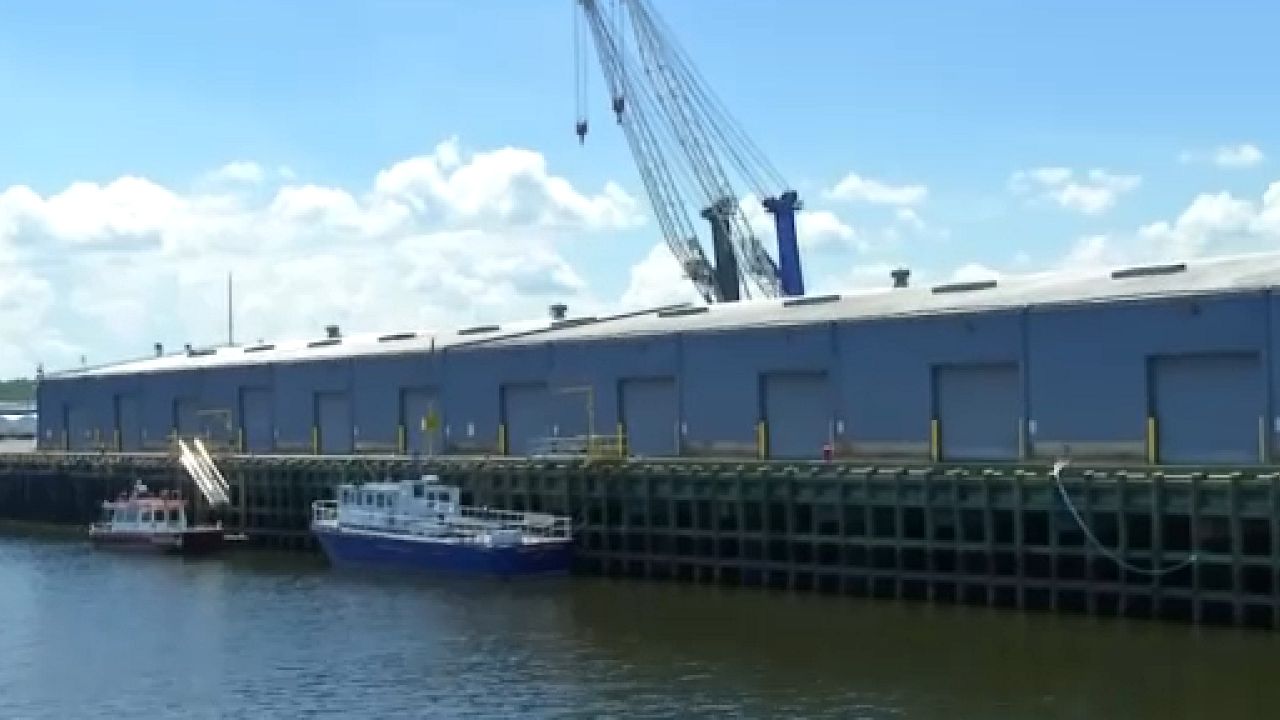It's World Trade Week and to help the mark the occasion, trade leaders across upstate New York are talking foreign trade zones.
Foreign Trade Zones, or FTZs, are areas located near U.S. Customs and Border Protection ports of entry, essentially our country’s version of the Free Trade Zones we see around the world, which experts say could help solve some of the most pressing issues plaguing the supply chain.
“We’re the furthest inland that ocean-going vessels can come,” said Richard Hendrick, CEO of the Port of Albany.
And with a U.S. customs office on site, the Port of Albany serves as port of entry where inbound and outbound cargo can be cleared.
“It gives the manufacturer an opportunity to not have to put the cargo on the road,” Hendrick said.
It’s also the center of a Foreign Trade Zone.
“A physical location within the boundaries of the United States, or its territories, but sits out of the economy of the United States,” explained Thomas Cook, managing director of Blue Tiger International.
It provides companies operating within the FTZ a streamlined customs process and a duty of taxes deferral.
“It’s only when it comes out is there an obligation to pay duty of taxes, so the biggest advantage of it is the cash-flow benefit,” Cook said.
North American distribution centers exporting product around the world never have an obligation because the goods will have never entered the U.S. economy.
“It’s kind of hard for people to realize in Albany that they’re connected to maritime trade,” said John Polowczyk, EY executive director.
That, in turn, makes the Port of Albany part of the world’s struggling supply chains.
“A lot of those challenges manifest themselves into inflation,” Polowczyk said.
Experts attribute the struggles to a number of factors: geopolitical tensions, natural disasters and conflict, to name a few.
“You’re seeing a scarcity of products not because we can’t make, it’s because there is disruption some place else,” Polowczyk said.
It was part of the conversation during a symposium at the port Monday, with one solution centered around FTZs.
“We’re hoping that after today, we can enlighten people about what the opportunities are here at the Port of Albany, and work to bring them here with their manufactured goods,” Hendrick said.
The Port of Albany is the largest public port and logistics hub in upstate New York, with the FTZ serving 10 counties, including Washington, Fulton and Greene counties.



